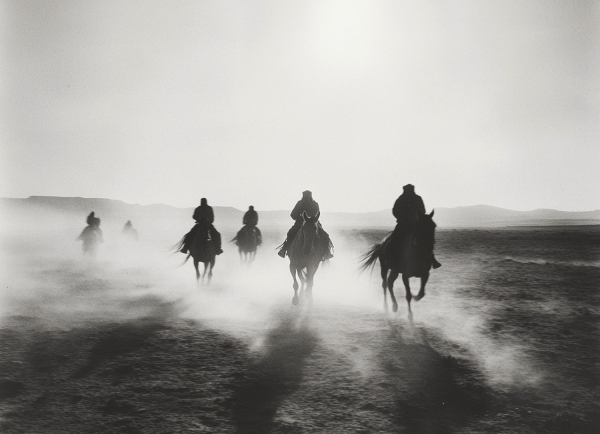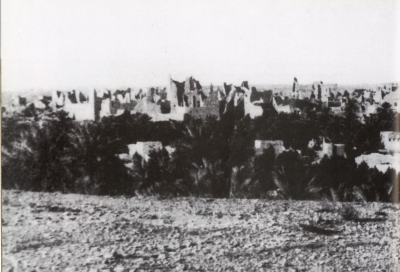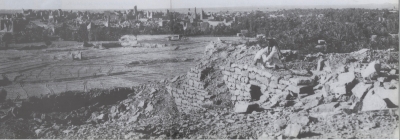

Equestrianism in the First Saudi State was an integral part of the social and cultural identity of the state. It was a skill that combined both the physical strength and spirit of the rider and the horse simultaneously. In its broader sense, it differed from the modern understanding, as it referred to a warrior who possessed strong determination and the ability to control the horse during battles.
Interest of the Imams of the First Saudi State in equestrianism
Imam Muhammad Bin Saud, the founder of the First Saudi State, took a great interest in equestrianism and embodied the qualities of a horseman, such as courage, strength, and determination. He personally led several battles or appointed his son, Imam Abdulaziz Bin Muhammad, to represent him in battle. Imam Abdulaziz's training in leadership and military skills was one of the first tasks the imams of the Al Saud family entrusted to their sons before they assumed the position of leading the state's armed forces.
Imam Muhammad Bin Saud entrusted the leadership of the general forces to his son, Imam Abdulaziz Bin Muhammad, and appointed his brother, Prince Abdullah Bin Muhammad, as his assistant, who became the commander of the cavalry. News of his bravery in wars spread, and he, along with his cousin Hassan Bin Mishari, took part in leading cavalry raids and fighting in forts and villages.
In Diriyah, specifically in the al-Turaif District, there was the "al-Darisah" fort, which was one of the large forts in Diriyah. It housed the royal stables for the horses of the Al Saud family, known as "Qou' al-Khail." There was also a horse market, and Diriyah during that period became famous for the abundance of horses and the prized Omani camels.
Cavalry Forces in the First Saudi State
The rulers of the First Saudi State were keen on establishing a cavalry force, consisting of warriors riding purebred Arabian horses. What distinguished them was their speed of movement, as riding horses provided them with an advantage in quick maneuvering during battles. The state's rulers focused on acquiring purebred horses to expand and strengthen their cavalry forces, achieving this by purchasing horses or receiving them as gifts.
During the reign of Imam Abdulaziz Bin Muhammad, there were several cavalrymen in various regions of the First Saudi State who led the state's armies and contributed to its expansion. Among them were: Abdulwahab Abu Nuqtah in the Aseer region, Suleiman al-Nasseri in al-Ahsa, Ahmed Bin Ghanem in Qatif and its surrounding areas, and Ibrahim Bin Afaisan in al-Kharj.
Aspects of equestrianism in the First Saudi State
Imam Abdulaziz Bin Muhammad included his son, Imam Saud, at the age of twelve in a battle during his reign. Imam Saud led several cavalry units, and his horsemanship skills developed from a young age due to the surrounding environment, which was conducive to cultivating this skill. The availability of horses around the Al Saud rulers and their children contributed to their expertise in horsemanship and riding purebred horses in wars. Imam Saud Bin Abdulaziz owned a collection of purebred Arabian horses, keeping around three to four hundred in Diriyah, with the rest grazing in al-Ahsa. When Imam Saud Bin Abdulaziz passed away in 1814, he left behind 2,400 horses. Imam Saud also had cavalrymen, including Sabil Bin Nasr al-Tarfi, whom he appointed as the head of the cavalry.
The rulers of the First Saudi State mastered al-Majawalah, which is the art of jousting or fighting on horseback. In 1233 AH/1818 CE, Imam Saud Bin Abdulaziz engaged in a Majawalah during the reign of his father in the town of al-Majrah, where he faced a cavalryman and emerged victorious. Equestrian skills were evident in the sons of the First Saudi State, especially during their defense of Diriyah when it came under attack in the final years of the state.
Related quizzes
Related articles

